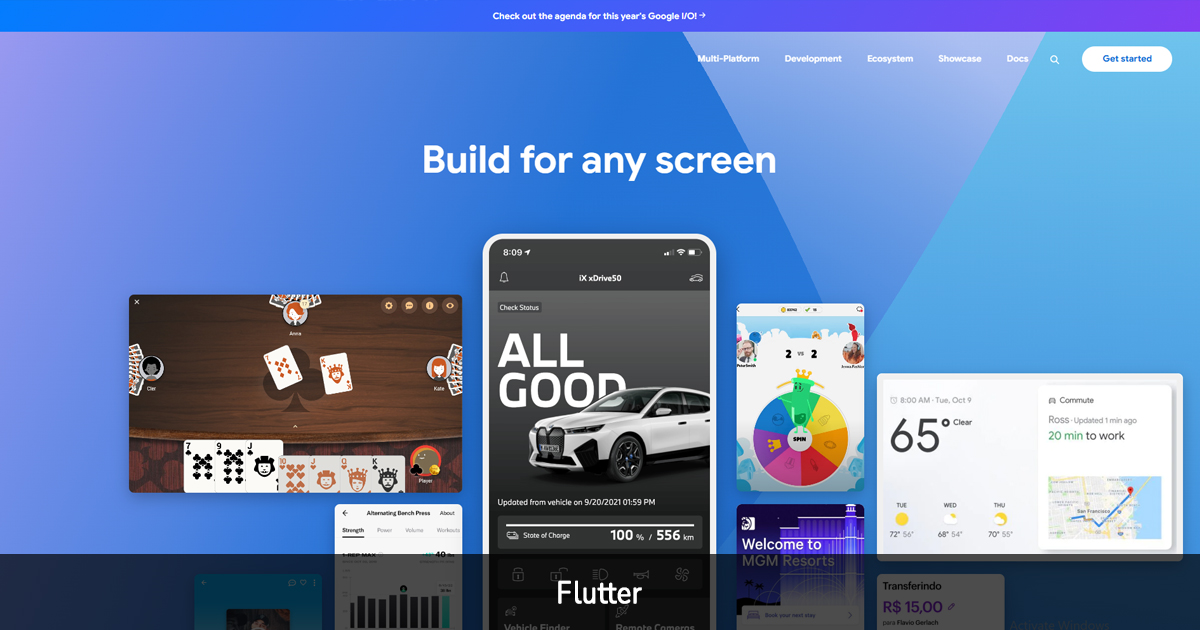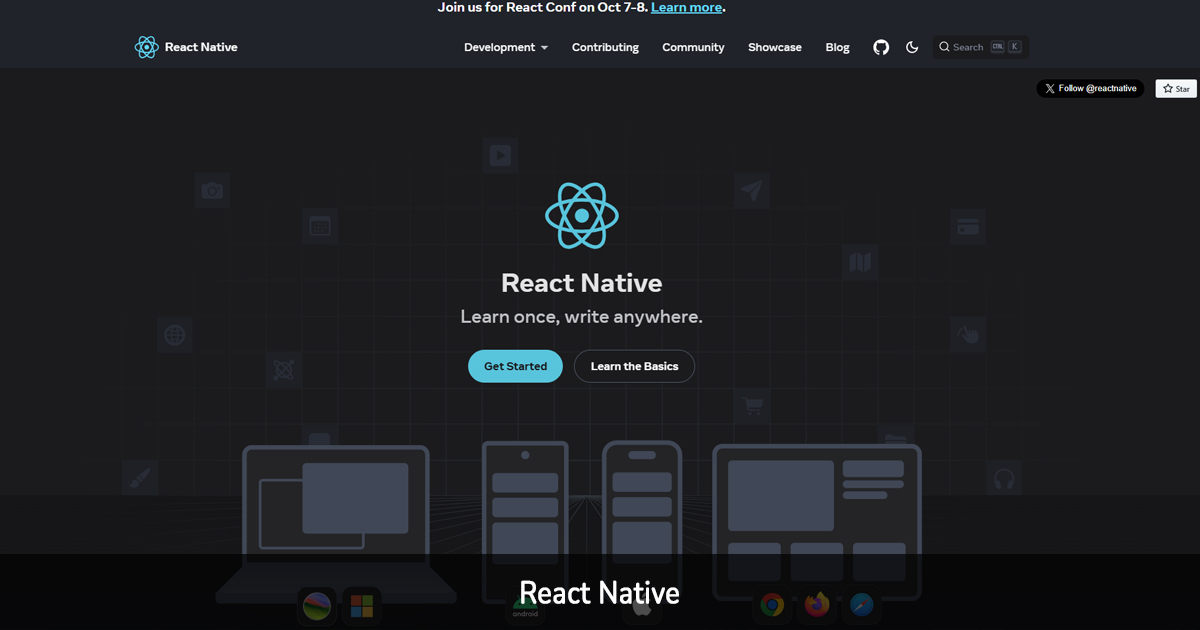Businesses and entrepreneurs in today’s tech-driven world rely heavily on mobile apps. Picking the correct mobile app development framework is an important initial step in creating any app, be it a productivity tool, an e-commerce platform, a game, or anything else.
Table of Contents
What Are Mobile App Development Frameworks?

To provide the groundwork for creating mobile applications, developers rely on mobile app development frameworks. These frameworks provide tools, libraries, and best practices to streamline app development and save time and effort.
Types of Mobile App Development Frameworks
There are two main types of frameworks:
- Native frameworks: Swift for iOS and Kotlin for Android are two examples of high-performance programming languages that necessitate platform-specific codebases.
- Cross-platform frameworks: Cross-platform frameworks are software development tools that allow developers to create applications that can run on multiple operating systems (such as Android, iOS, Windows, macOS, or Linux) using a single codebase.
Key Features to Look For
Performance, community support, documentation, ease of use, and platform compatibility are some of the most important considerations for novices when assessing mobile app development frameworks. There are some popular frameworks such as:
Flutter

The Google-created, open-source mobile app development framework Flutter is well-known for its responsive UIs and lightning-fast performance. From one set of source code, developers can build natively compiled apps for desktop, web, and mobile. Flutter is a user interface framework that allows developers to build beautiful and responsive interfaces. Flutter is built using the Dart language and includes a rich set of widgets that can be customized. Standout features include “hot reload,” which allows developers to view changes in action without having to restart the program. Businesses and entrepreneurs alike are flocking to Flutter as a go-to framework for building efficient cross-platform mobile apps because of its adaptability, speed, and expanding community support.
React Native

Developers can create cross-platform apps with React and JavaScript with the help of the open-source React Native framework, which was created by Meta (previously Facebook). It enables cross-platform code sharing between iOS and Android, which drastically cuts down on development time and costs. Apps developed using React Native can have the same appearance and feel as native apps thanks to the use of native components. It is the preferred choice of developers who want to create powerful and scalable mobile apps because of its extensive ecosystem, vibrant community, and easy connection with third-party plugins. React Native’s dependability and versatility have been demonstrated in real-world applications by companies such as Tesla, Instagram, and Airbnb, among others.
Xamarin

Developers can leverage C# and the.NET framework with Microsoft’s Xamarin mobile app development framework to develop apps that are compatible with Windows, iOS, and Android. Xamarin provides a native-like experience for developers by facilitating code sharing across platforms (typically by a factor of 90%) and providing access to native APIs and toolkits. Developers already invested in the Microsoft environment will find it particularly attractive due to its seamless integration with Visual Studio. Developers can save time and effort using Xamarin. Forms since they just have to design user interface elements once to use them across all platforms. If you’re not familiar with.NET or C#, you could find the learning curve to be higher with Xamarin, but it’s a solid option for creating enterprise-grade mobile apps.
Conclusion
Choosing the right mobile app development framework can significantly impact your app’s success. By knowing the strengths and weaknesses of each of these choices, beginners can make well-informed decisions and ease their development process.

